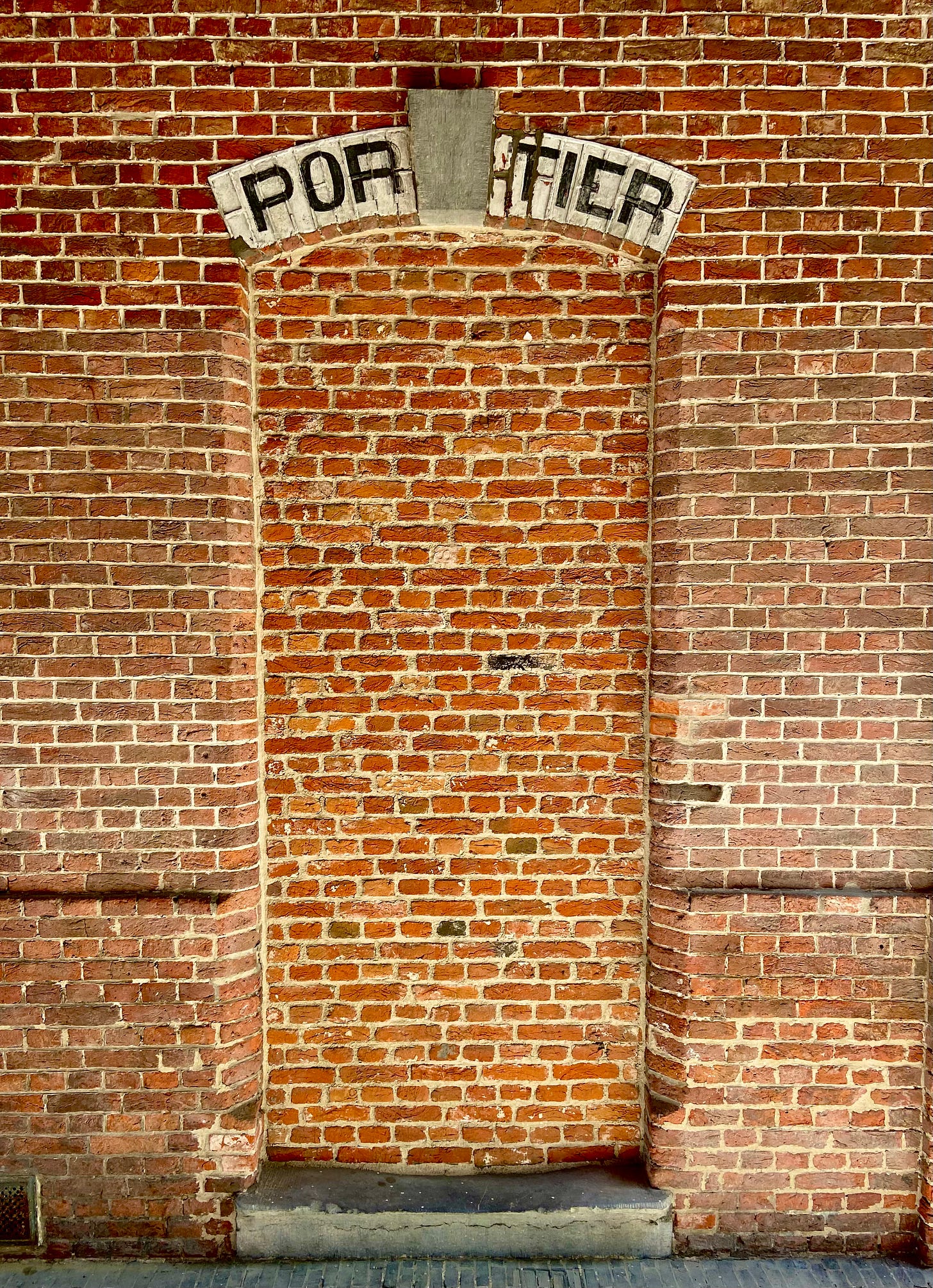What's up with a rule of life?
Is this a trendy Christian fad or an inheritance to open up?
I’m starting out a series of posts on a Rule of Life. There’s been a lot of recent work on a rule of life (Ken Shigematsu, Stephen Macchia, Ruth Haley Barton, John Mark Comer, Tish Harrison Warren, Jen Pollock Michel and more), along with some recent critiques and rebuttals (see Erik Coonce and Ian Harber in Mere Orthodoxy). A rule of life has been in my focus for the past 25 years as a pastor, so I figured why not start there.
Think of this series on a rule of life as a hopeful Benedict Option.
A few years ago Rod Dreher wrote the Benedict Option which mapped out a grim landscape of growing cultural hostility towards Christianity in the West. The Benedict Option predicts the collapse of Christian discipleship and calls for the formation of Christian communities that withdraw from the world, enclaves of Christian living and formation separated from a culture in decline. Dreher drew significant attention and critique for what many named as its anxious bunker mentality, for encouraging a shrinking posture of withdrawal from society.
Another writer, Andy Crouch, noted that amidst all the reaction and buzz over its retreat posture, a key thesis of The Benedict Option was being overlooked. Crouch observed that the very likely, and so rightly concerning, reality of Dreher’s book — the collapse of Christian belief and practice in the church from the absence of meaningful discipleship, leading to a wide accommodation to secularized consumer culture — went unheard in all the review furor.
For about 25 years I’ve been curious about and studying Christian communities that have at their core a common rule of life. Historically, you often see the emergence of these rule of life communities in seasons of culture transition or times when the church’s life had gone off the rails (which sounds a lot like today). A rule of life provided a needed structure for the formation of a distinct way of life centred on Jesus within chaotic, unregulated times.
Of course, this territory is nothing new. The church has suffered various malformations of faith, lived with wartime and peace, seasons of cultural privilege and persecution. But the unique twist to our post-Christian moment is a missing pattern. We’ve lost a form for everyday faithfulness. The formation architecture of the church, that previously generated a habituated and shared Christian way of life in diverse contexts and cultures, has disappeared leaving Christians vulnerable to cultural accommodation, nominalism, and deformation.
It’s no new observation that Christian faith is declining, if not disappearing, in the cultural imagination of the West. Alarmingly, it is also fading from the functional economy of many Christians’ lives. The church’s attempts at innovation and relevance have often led to a quickened cultural assimilation, while many recent resources of spiritual formation, set within our hyper-individual age and understood as solitary, DIY spiritual growth projects, have not met the challenge of the pervasive discipling power of the surrounding culture.
We lack Christian communities skilled in forming God’s people as a people, the formation of robust Christian identity and vocation in community. Embedded in western Christendom were support structures that shored up faith, cultural nudges directing people towards at least a semblance of faithful living. All of those cultural braces and girders have been dismantled, lying now in the scrapyard of secularism. And along with it the shared way of life that once fostered holiness, devotion, and obedience, discarded now as quaint legalisms or overly pious ideals for a more rigorous, elite level Christian.
Yet nothing has replaced it. The struts and stays that sustain thick congregations and cultivate faithful Christian agency, the formation architecture that makes for a uniquely communal and distinctively Christian people, is missing.
That vacuum is not left unfilled and neutral. Whether we like it or not, and beneath the radar of many, our world actively evangelizes, catechizes, and sacramentalizes. Christians are being discipled away from Jesus and assimilated into the ways of mainstream culture.
The pressing concern is the erosion of a habituated and shared Christian way of life (habitus), and more pointedly, the missing formation architecture that nourishes living congregations and cultivates a distinctive Christian people. I’m holding out for the timely vision that Richard Mouw called for years ago, the remonasticization of the church. Not a cloistered community removed from the world, mind you, but rather “the clear and radical witness of a smaller body within the church, calling the entire church to a clearer and more radical witness.” (Remonking the Church,” Christianity Today, Sept. 2, 2005.)
For years I’ve been wondering how this might take shape in the local church, for everyday people who have regular jobs, make lunches for school kids, and aren’t living in intentional community. For the past 6 years, I’ve been leading a small dispersed community of people learning how (and how not) to do this (https://www.habituscommunity.org/). My general conviction is that the architecture of a shared rule of life, in its various historic and contextual forms, has been the continued pattern and support structure for the formation of God’s people as a people, and is a timely inheritance to be reclaimed for this moment. A common rule of life provides today’s church with a pattern for the intentional, contextual, and communal formation of a people living in communion with God, generating a distinct Christian identity and vocation as image-bearers of Christ.


